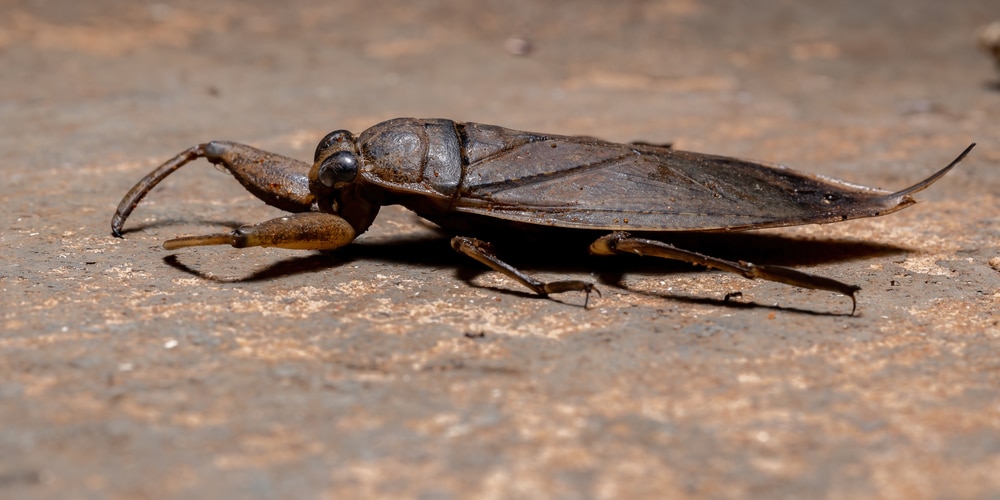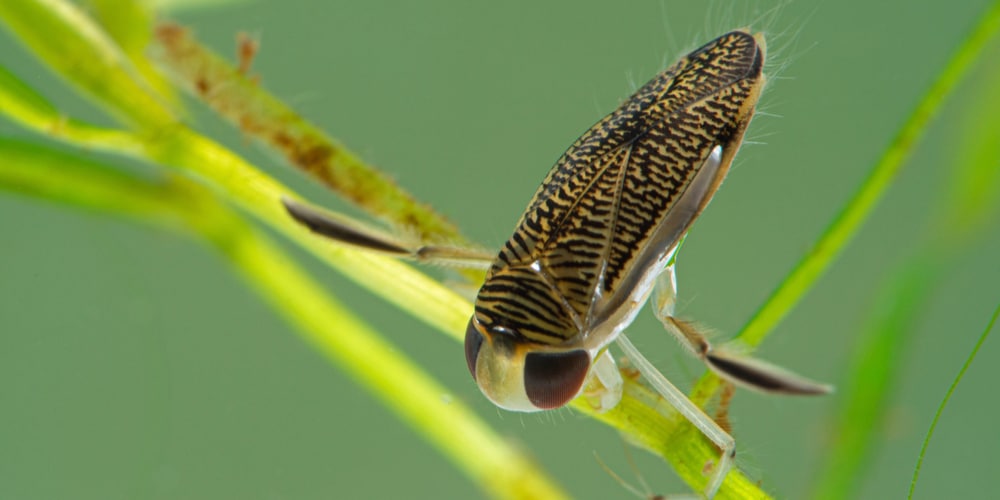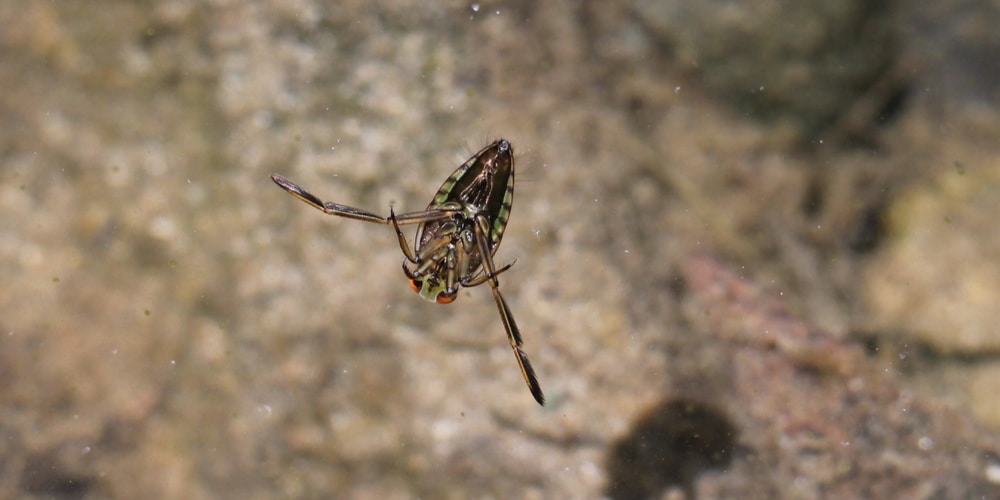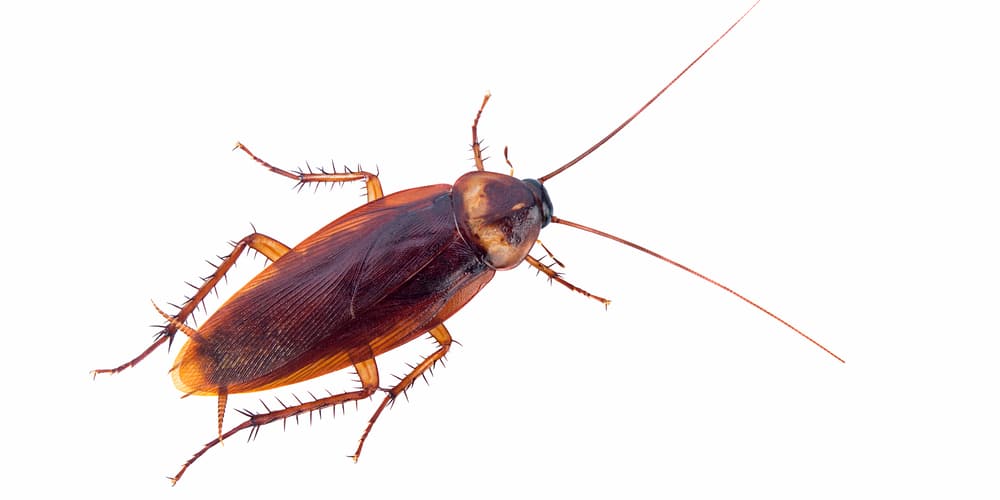Water bugs are alien-looking creatures that hide in the tangles of pond plants. Some of these nightmarish insects can bite you and cause intense pain. Also, adult water roaches fly and stick themselves on any artificial light source they find. Just to creep you out at night during the warm season.
Why do water bugs come out in the summer? The aquatic invertebrates classified under the order Hemiptera live in many swaps worldwide and mate in the summer. So, the short answer is that they come out to reproduce, usually in mid-flight.
Why Do Water Bugs Come Out In The Summer?
It’s A Water Bug’s Life!
Most water bugs spend their time in a riffle. That is, the shallow and fast-moving part of a river. But some species—like backswimmers—live everywhere they find water, including your Chlorine-laced pool.
While they all come out in the summer, each insect species has its habits, destiny, and traits. Here is more info about some of the most common water bugs and what happens when they come out in the warmer season.
1. Belostomatidae
The giant water bug looks like the Alien Facehugger for most of its life cycle. It can fly. It can swim. And its bite is one of the most painful in the insect kingdom. Also, it loves chilling in ponds.
Even if it looks like a beetle or a cockroach, the giant water bug is its own variety. And there are around sixty species of Belostomatidae around the world. Above all, this true bug can grow up to four inches long, which does not make it the most attractive flying insect you want to come across at night.
In Thailand and other Asian countries, farmers catch and farm these giant cockroaches (Lethocerus indicus) and cook them. So, in the warmer season, these insects have to watch their back and defend themselves not only from magpies and rats but from humans as well.
2. Corixidae
The water boatman becomes active in early spring. For clarity, they get their name because they move in jerky motions like little rowboats in the water. These water-dwelling insects have a hidden beak.
They do not bite humans and eat plant matter by injecting enzymes into the plant cells to digest them. But above all, they are one of the loudest insects on the planet compared to their size.
When the summer heat hits, fish find the water boatmen very appetizing. Why? Mainly because these water bugs feed on algae. And since algae spread even faster during the warm season, water boatmen get fat and fleshy. A true delicacy for those finned foodies!
3. Notonectidae
The difference between a water boatman and a backswimmer is whether the bug swims on its back or belly. The latter swims upside down because this behavior allows them to camouflage against predators. To this extent, backswimmers trap an air bubble inside their back and bring it around to float.
Backswimmers are fast-swimming predators themselves. In detail, they prey on tadpoles and smaller insects. But they can also kill and eat tiny fish.
In summer, they usually swarm in great numbers. Often, they fall out from the sky all over neighborhoods with pools because the water attracts them. They can grow in swimming pools and lay hundreds of eggs to multiply. Until they end up clogging up the pool filter, that is.
4. Periplaneta Americana
The American cockroach is not a “true bug.” But it is also known as the American water bug, which can create some confusion.
You usually find them outdoors in damp areas. But occasionally, they can wander onto human properties, even if they do not often have any reason to visit. In any case, the American cockroaches have a sweet tooth. That is the only reason why some of them stay indoors once they come in.
These insects thrive in humid places and love the summer heat. They even like to roam the streets and alleyways during the warm season. Later—when fall comes—they retire to more comfortable, moist places like sewers and dumps.
If you hear a loud chirp when you walk past a pond, it usually is the male water boatman. This water bug scrapes its male organ on the abdomen to attract the females.
When September Ends
Do Water Bugs Like The Cold?
Water bugs hate cold temperatures. So much that they stop flying when the temperature drops below 59F(15C) roughly.
Frost kills most of them. But do water bugs come out in the winter? A water bug rarely gets out of the water as the temperature drops if it can migrate. Usually, most water bugs move to areas with warmer water temperatures.
Most of these aquatic critters hibernate outside of the water. For example, the giant water bug likes to hibernate in dense rice fields, nearby river banks, and even under inches of dead plants. They get as creative as they can to defend themselves against the cold.
Surviving An American Cockroach Infestation
American cockroaches may try to get indoors when the winter comes. After all, a house has everything that an insect needs:
- Access to water, especially under a sink.
- Food in the garbage they can snack on.
- Harborage and plenty of spaces where they can hide.
Even if they seem like they never left your home, American cockroaches go in and out of your property. They all come from somewhere outside. For clarity, they find holes in the walls, an opening in a tile, or just an open pipe.
Because they live inside your home, American cockroaches leave pepper-like droppings as evidence. But they usually come out at night to feed. So, you may not spot them until it is too late. On the other hand, if you see them during the day, the infestation might have reached its peak and you need to call an exterminator.
Control methods for this pest vary depending on the species and state of infestation level. Instead, preventive measures include:
- Cleaning any dirt on your surfaces.
- Putting a cap on sinks and bathtubs to prevent these critters from climbing into your house from the sewer. (The water in your u-trap evaporates and lets them in.)
- Sealing crevices and void spaces between furniture and the wall
Related Article: Bugs That Love Moisture



